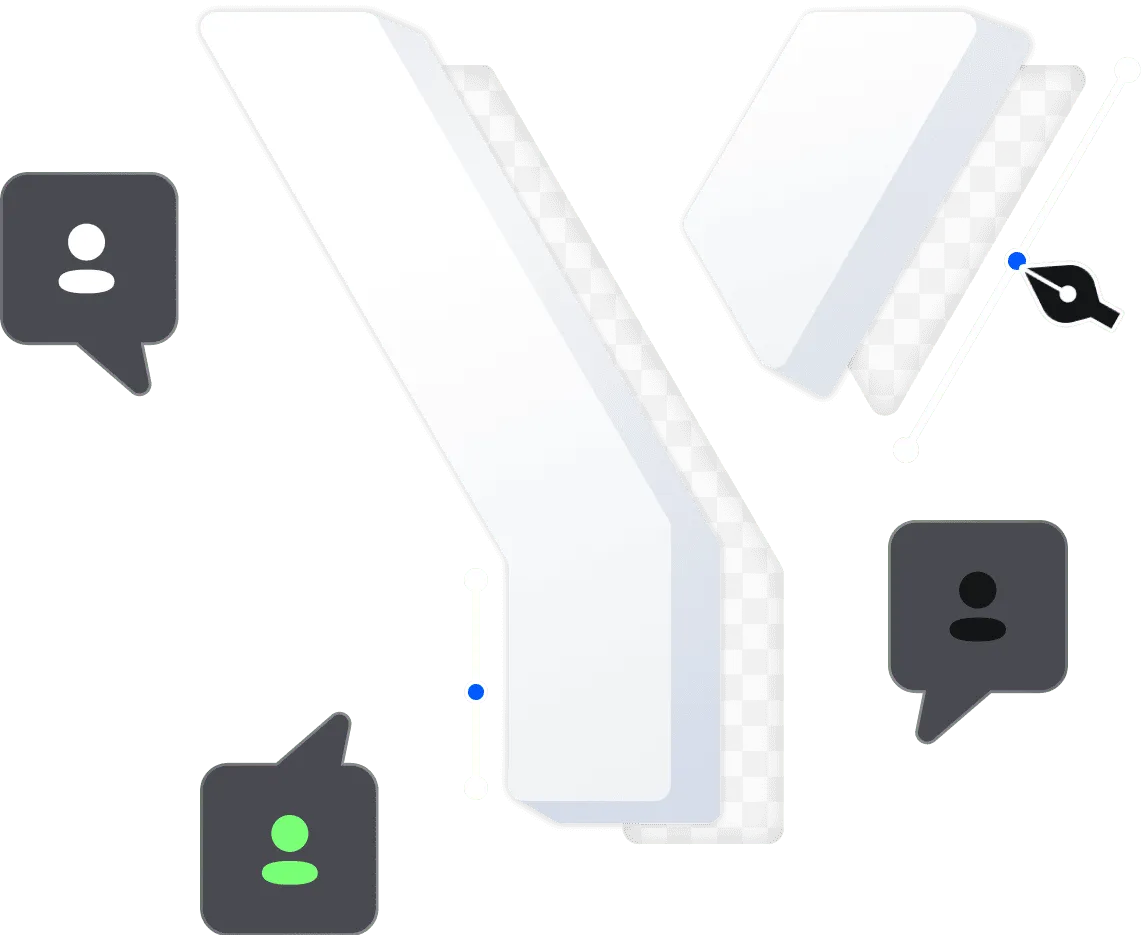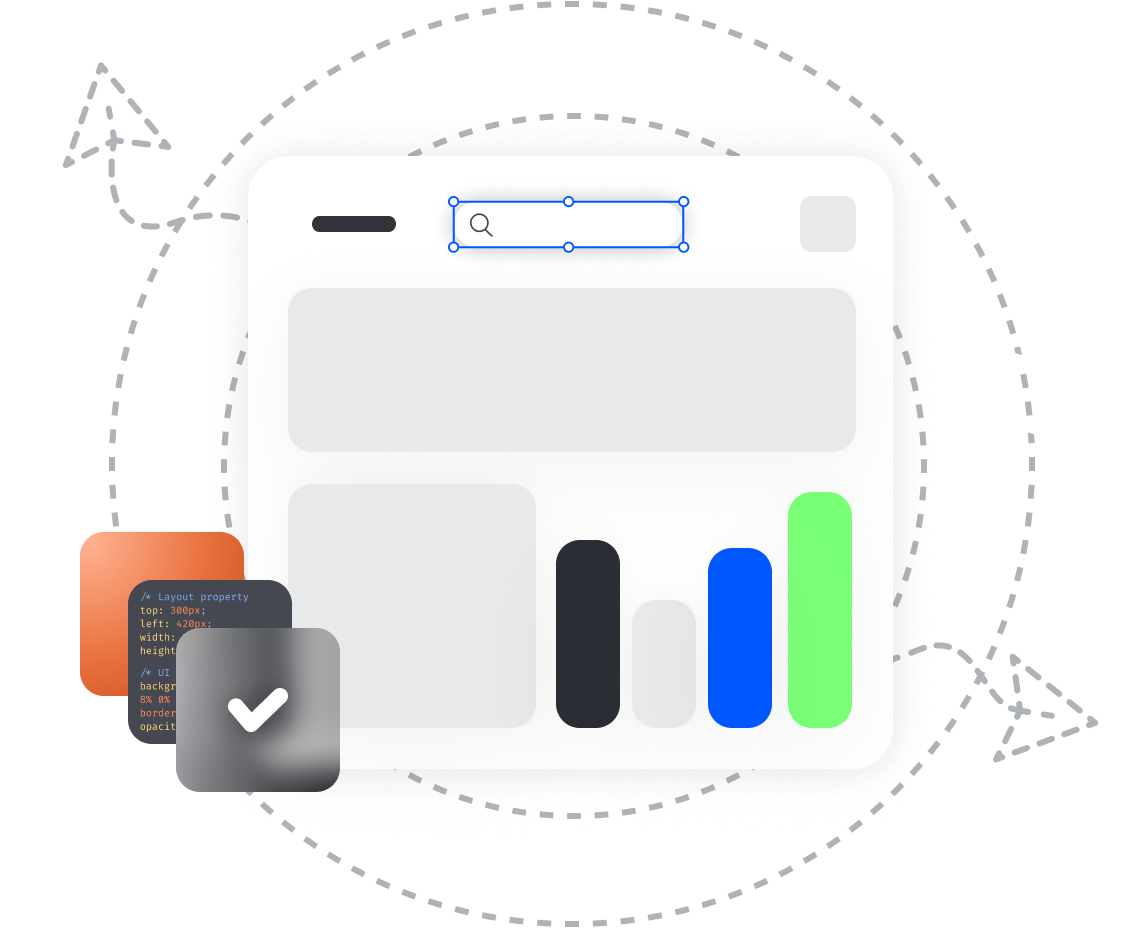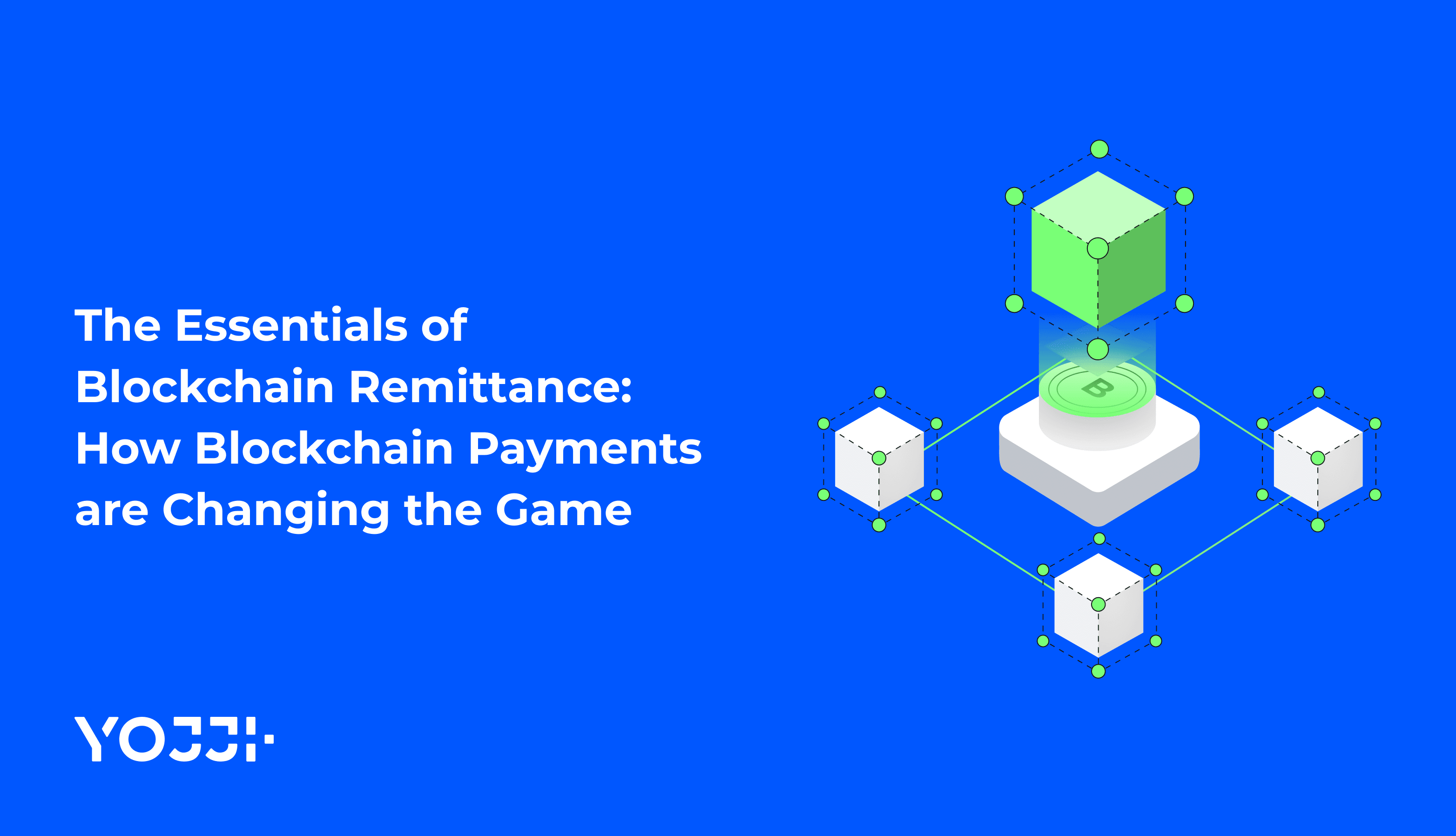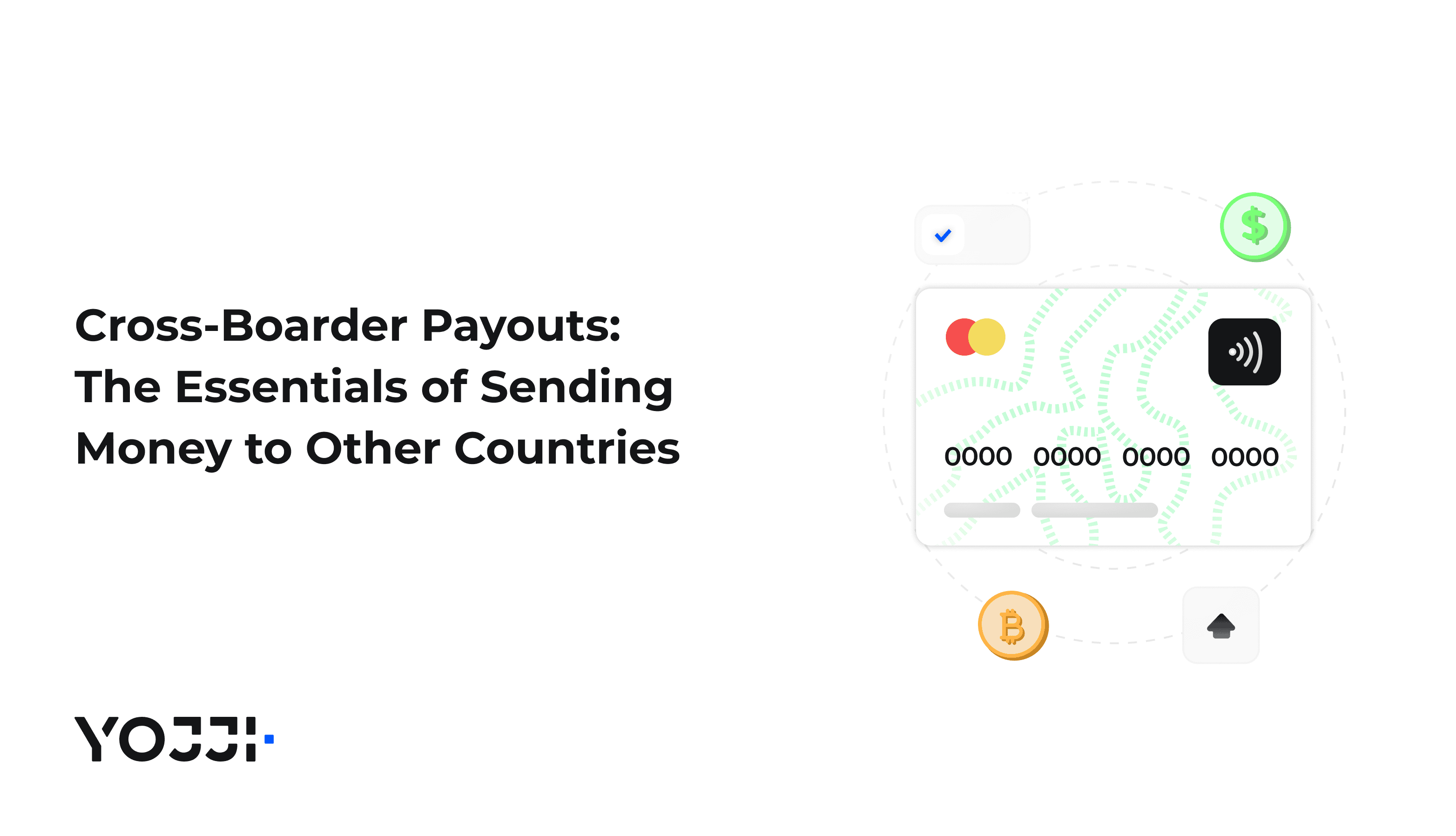How to Build an Online Marketplace MVP

A marketplace is an e-commerce platform. Similar to a hypermarket, this is a place where a variety of products or services from different sellers are offered around the clock, but these products or services can be bought online only. Prominent examples of marketplaces are eBay with 164 million active customers and Uber, which offers its service in 60 countries around the globe. Marketplaces have different revenue models, which include per-deal flat commissions, paid subscriptions, commission per lead, and ad placement.
Undoubtedly, the idea of building a marketplace is appealing because it offers many opportunities. However, it is very risky, and you should take a careful approach to its implementation. In order not to spend a lot of time, material and intellectual resources, we recommend starting with market testing. For this, it is necessary to develop a marketplace minimum viable product (MVP). In this article, we will dive into the MVP development process and talk about MVP development costs.
Types of Marketplaces
Four main types of marketplaces are distinguished.
- Goods and products
These marketplaces sell various products and goods. Every transaction comes with a fee. Examples are Amazon, eBay.
- Services
These marketplaces provide services, and they utilize various monetization models: commissions, subscriptions, or advertising models. Examples are Uber, Upwork.
- Media
On these marketplaces, results of intellectual activity are bought and sold. Examples are MediaMath, TravMedia IMM.
- Investment and crowdfunding
On these sale places, it is possible to find investors and/or suppliers. Examples are CircleUp, Kickstarter.
What is an MVP for a Marketplace?
To test the idea’s viability, and save time and money, it is necessary to develop a minimum viable product. It will help you test the idea without spending a fortune on a fully-featured product.
An MVP for a marketplace is a fully operational version of your product that includes the most important features and can be offered to early adopters. Your MVP contains core functions that are aimed to help you understand if your future product solves the pains of your target audience better than its counterparts.

Reasons for Creating a Marketplace MVP
The main reason to start with an MVP is to validate your initial idea without a huge upfront investment. Getting the MVP brings your business several benefits:
- Idea validation
Before investing in a full-fledged product, it is best to test a business idea with real users and find out if they will like the product, if they will be willing to pay for it, as well as which product features are useful, and the integration of which functions is better to cancel. Thereby, you will get a useful product, as it will be based on real user experience, and you will quickly implement all the necessary functions ahead of the competition.
- Cost saving
Large investments are required only for a proven product, so an MVP will help you save money and test the effectiveness of your concept.
- MVP attracts early adopters
Early adopters will help you test the product’s features and will also become the main loyal audience in the future.
- Fundraising
After launching your marketplace MVP and getting enough support, you can look for investors for your project.
- MVP is easy to change
After functionality testing, it may be necessary to make changes. An MVP is fairly simple compared to a full-fledged product, so making changes is easy and affordable.
The Core Functionality of a Marketplace MVP
For an MVP to stand out, it must contain killer features for two major groups: sellers and buyers. Besides, unique features for administrators are also required.
- Buyers’ expectations
A clear search for goods/services, the ability to find goods at the best price, secure payments, a smooth communication process with sellers.
- Sellers’ expectations
Easy analytics, quick setup of listings and a company profile, various instruments for marketing campaigns and discounts.
- Administrators’ expectations
Profile management and verification, password recovery, a system for tracking users' activities, the ability to block suspicious actions.
Additional features include:
- Product comparison
This feature is extremely handy for users, and it is a competitive advantage for a business.
- Pop-up notifications
These notifications will help users explore new functionality and bring attention to certain areas (order requests, service upgrades, messages from vendors or administrators).
- Wish lists
These lists will remind users of their wishes. You can use this information to meet customers’ needs.
- B2B interface
This feature will allow your product to scale in accordance with market requirements and the needs of suppliers.
- Feedback
Feedback helps vendors stand out among competitors or find opportunities for improvement in the event of negative feedback, while it makes it easier for buyers to choose the best product for its price.
- Comprehensive reports
This function is useful for vendors because it allows measuring the effectiveness of marketing campaigns, sales, and evaluating customer engagement.
- Mobile version
- Rating system
This feature will boost user engagement.
How to Create an Online Marketplace MVP
By utilizing the Agile approach, Yojji developers follow a five-step path.
1. Discovery
At this stage, the main objectives are identified, project requirements are set, and the budget is determined.
2. Mapping
Client and development teams identify core features and create a detailed roadmap.
3. UI/UX Design
UI and UX designers work in sync to create layouts of the app screens and wireframes.
4. Development and Testing
The development process is based on the Agile approach, which means that the whole process is divided into sprints, and a development team offers enough flexibility regarding the used technologies and in terms of timing. Software engineers work on different parts of the product to provide high-quality results in a short time. When the development process is complete, QA engineers conduct a series of tests to check the functionality of an MVP and send it for improvement if needed.
5. Project Launch
After the MVP is ready, it is deployed. Then it is important to gather users’ feedback to analyze what features are missing, which functions can be improved, and which ones don’t need any changes. This gives you an idea of how to upgrade your product in accordance with users’ expectations.
6. Support & Maintenance
We support the product, adjust it according to the users’ feedback, and introduce changes to its functionality.
How much does it cost to develop an online marketplace MVP?
On average, a marketplace solution costs $14,000-60,000, but everything depends on the complexity of the project and the type of collaboration. You can contact our managers to find out the approximate cost.
How long does it take to build a marketplace MVP?
It takes about five months to build a simple marketplace MVP, but working on projects with a larger scope can take 12 months.
Bottom Line
Thus, building an MVP version of your marketplace will help you validate the idea, identify the product’s core functionality, attract early adopters, detect possible problems, and solve them at an initial stage. To create a successful marketplace MVP, you need professional help. Yojji has extensive experience in delivering high-quality MVPs. Feel free to contact us to learn more about our expertise and/or get an exact estimation of your project.

Yojji successfully delivered the project within schedule. They demonstrated excellent project management via weekly sprint demos and promptly made adjustments based on the client's feedback. Their responsiveness and collaborative attitude were key elements of their work.

5.0
Yojji was an instrumental part of the client’s team, working closely with them to achieve the product’s success. The team was very collaborative and timely, and their performance was amazing. Additionally, their resources were experienced, professional, and enjoyable to work with.

5.0
Yojii is impressive both in quality of development work as well as their commitment. Strong focus on delivery, highly technical personnel, flexible approach that allows for rapid development. Strong processes that allow for solid controls.

5.0
We’re very happy with the way that Yojji works, which is why we’ve spent so much money and engaged them for such a long time. We treat them as employees in regard to responsibilities and expectations, and they haven’t disappointed us.

5.0
As a company, we find Yojji to be excellent development partners - we cannot recommend them more highly and will be very happy to continue working with them in the future.

5.0
They are really nice people with excellent technical backgrounds.

5.0
We used Agile project management methodology and were in contact with the team and project manager daily.

5.0
They all had a super positive outlook and were dedicated to getting the work completed to a high standard.

5.0
Yojji has delivered an accessible product with thorough consideration for the client's requirements. Users have commented on the platform's user-friendliness and speed. Moreover, the team is easy to communicate with and provides frequent updates. Their development and design skills are impressive.

5.0





